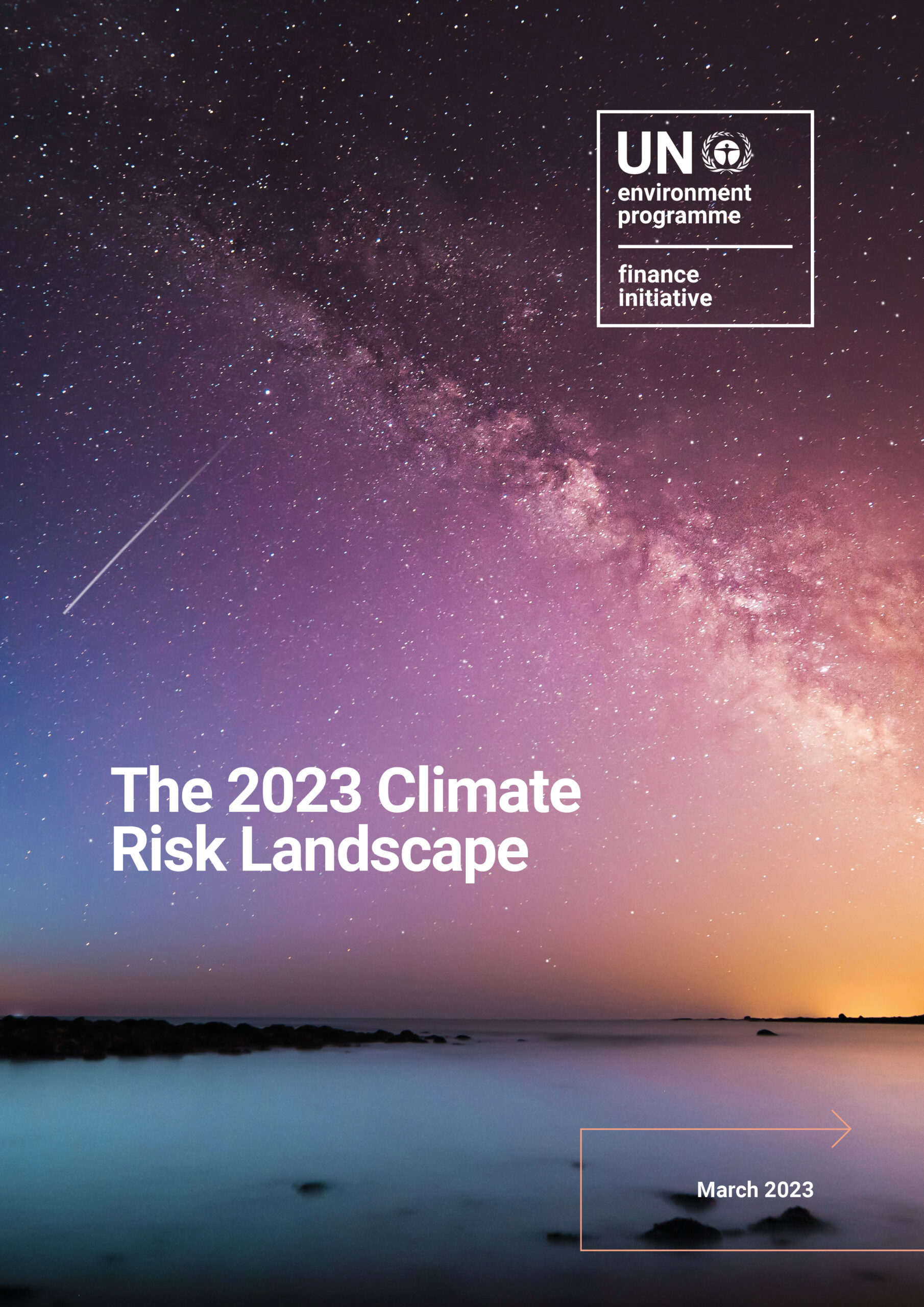UNEP FI members can now access a new database that matches nature- and biodiversity-related projects with public and private funders, facilitating an effective allocation of financial resources for biodiversity conservation and restoration.
The loss of biodiversity and destruction of ecosystems is estimated to cost the global economy trillions of dollars. While nature efforts are mounting, $700 billion per year is lacking to close the biodiversity finance gap by 2030 according to the Kunming-Montreal Global Biodiversity Framework (GBF). Governments and public funding alone are not enough to close this gap. Private finance, which now constitutes only 17% of investments in nature-based solutions, must increase drastically and assume a significant role in bridging the finance gap, to halt and reverse biodiversity loss by 2030.
The Finance Resource Database for Biodiversity (FIRE), a UNDP BIOFIN-led project with partners UNEP FI, Cornell University, the Campaign for Nature, the Conservation Finance Alliance, regions4, the High Ambition Coalition and the governments of the United Kingdom, France, and Belgium, provides a ‘one-stop-shop’ for project owners to find suitable funding listed by both public and private actors based on specific criteria.
At the same time, financial institutions can now list their fixed-term and ongoing funding opportunities for nature- and biodiversity-related projects in this database, allowing matches to be made with project owners in search of funding. Through the database, financial institutions can gain access to high-impact projects, which often have profound impacts on local communities and ecosystems, and are located in highly biodiverse regions that are most affected by biodiversity and nature loss, such as Mexico, Columbia, Indonesia, and Kenya.
We call on our members and all financial institutions to list their available funding on the database, which now features over 300 funding opportunities from around the world, including those from UNEP FI members such as Allianz, Axa, BNP Paribas, HSBC, and Rabobank. Increasing your financing of nature and biodiversity-related projects will not only help your financial institution align with the GBF but also help position your institution as a leader in nature stewardship. The listings are sorted by criteria such as funding type (grant, loan, equity, etc), the size of the project, the ecosystems it covers, the regions it targets, and the specific biodiversity categories it is looking to finance. These categories include:
- Biodiversity awareness and knowledge
- Biodiversity development planning and finance
- Green Economy (incl. ecotourism)
- Invasive Alien Species (IAS)
- Pollution management
- Protected areas and other conservation measures
- Restoration
- Sustainable Use (of productive areas)
Visit the FIRE Database website to discover more. To list your institution’s funding, please fill out this form.


